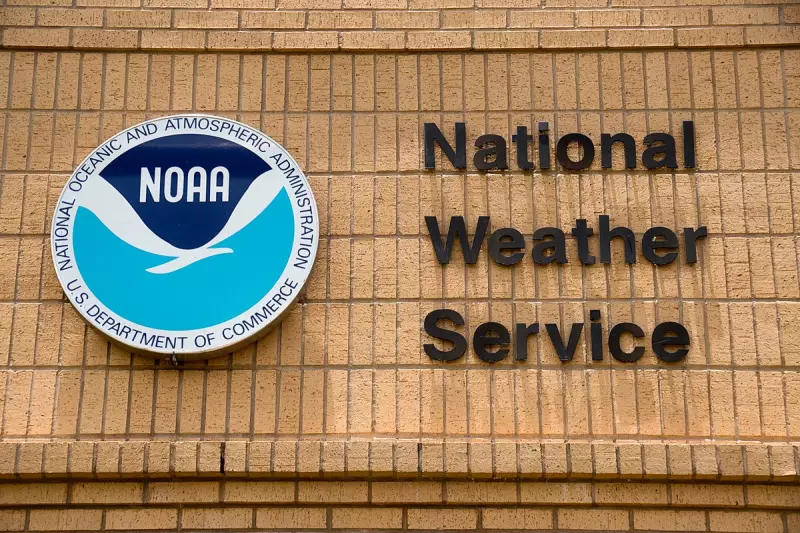
An internal investigation has revealed that former US President Donald Trump reportedly pressured the National Oceanic and Atmospheric Administration (NOAA) to publicly support his inaccurate assertion that Hurricane Dorian posed a threat to Alabama in 2019.
According to documents obtained by the Associated Press, Trump's intervention led to an unsigned statement from NOAA contradicting its own weather forecasters, who had correctly stated Alabama was not at risk. The incident caused significant backlash within the scientific community, with critics accusing the administration of undermining meteorologists' credibility for political reasons.
How the Controversy Unfolded
The dispute began when Trump tweeted on 1 September 2019 that Alabama would be "hit (much) harder than anticipated" by Hurricane Dorian. When the National Weather Service's Birmingham office clarified that Alabama faced no impact, Trump doubled down—even presenting a modified hurricane map during a briefing that appeared to extend Dorian's path into Alabama using a Sharpie marker.
Days later, NOAA issued an unsigned statement siding with Trump, rebuking the Birmingham forecasters and asserting that Alabama had indeed been at risk. The move reportedly came after Commerce Secretary Wilbur Ross—whose department oversees NOAA—threatened to fire top officials if they did not comply.
Fallout and Ethical Concerns
The incident sparked outrage among meteorologists and government ethics watchdogs, who argued that scientific agencies should remain independent of political influence. A subsequent inspector general's report found that NOAA's actions had violated its own scientific integrity policy.
While no disciplinary action was taken, the controversy highlighted concerns about the Trump administration's willingness to challenge factual reporting—even in matters of public safety like weather forecasting.





